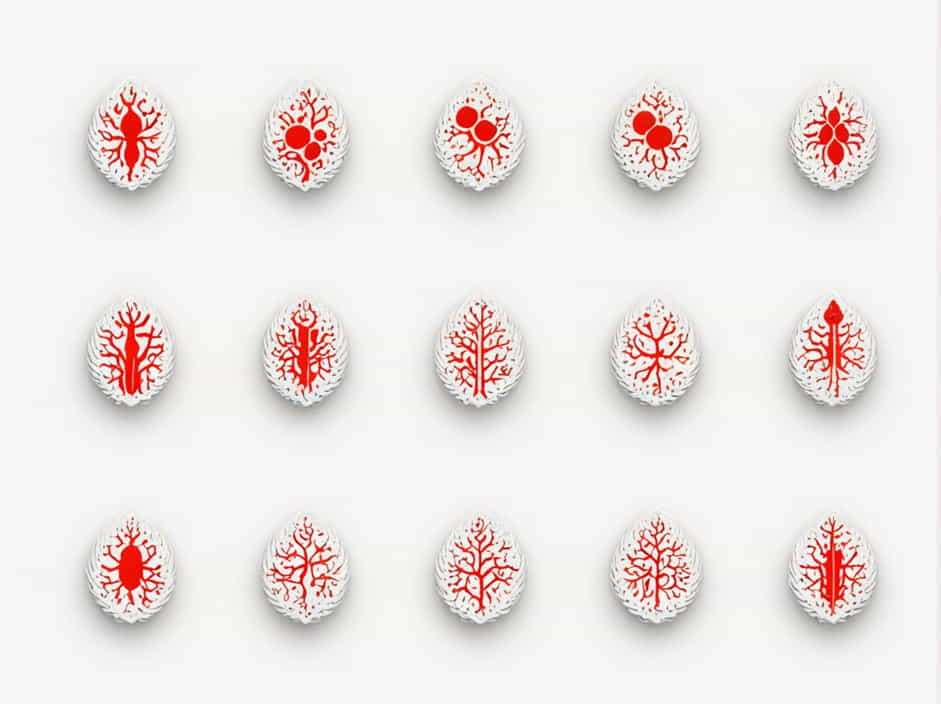Rab Proteins And The Compartmentalization Of The Endosomal System
Rab proteins are essential regulators of intracellular trafficking, playing a crucial role in vesicle transport, membrane fusion, and organelle identity. Among their many functions, they contribute to the compartmentalization of the endosomal system, ensuring that cargo is efficiently transported, sorted, and delivered to the correct destinations. The endosomal system is a highly dynamic network of … Read more









